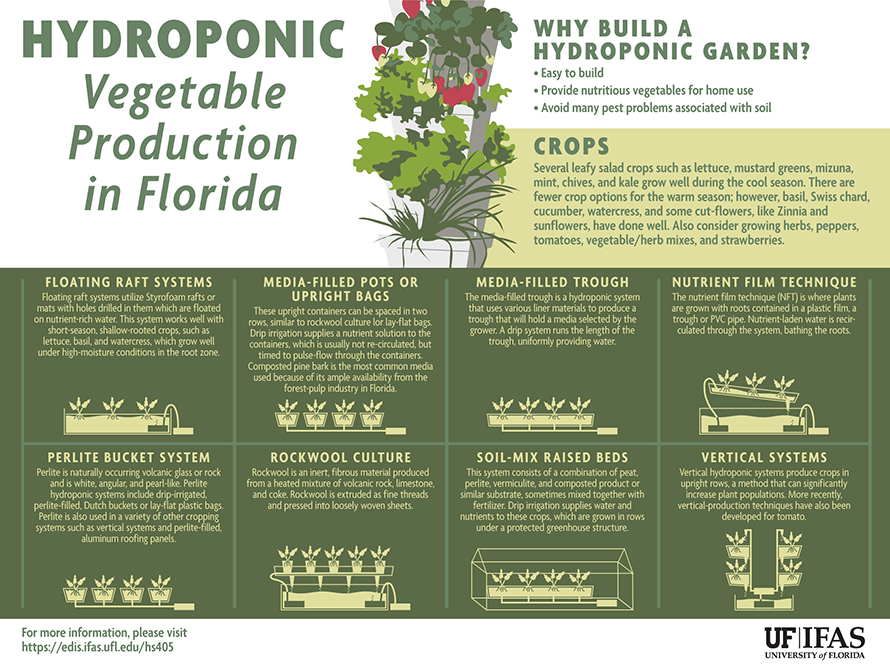Indications It's Time To Get Rid Of A Tree - A Home Owner'S Overview
Indications It's Time To Get Rid Of A Tree - A Home Owner'S Overview
Blog Article
Content Writer-Hollis Halsey
Trees include elegance and worth to property, yet they can also pose a danger during severe weather occasions. If https://drillholesinstump95062.blogtov.com/9810594/protecting-your-landscape-replanting-after-tree-removal has quit growing, is showing noticeable fungal development, or has a leaning trunk, it ought to be removed by an expert to avoid building damage and injury.
To learn more, go to a house owner resource reasonable co-hosted by HPD, the Facility for NYC Neighborhoods, and Brooklyn-based housing partners this night in Bedford-Stuyvesant. The event will certainly include the Homeowner Handbook, a brand-new overview to aid house owners browse the duties of having a home.
1. Dead or Dying Branches
Trees are an important part of your home's landscape, supplying shade and elegance. They additionally supply shelter for wildlife and generate oxygen, but also healthy trees can experience health issue that may require their elimination. Dead or dying trees aren't simply unsightly, they can be unsafe. Their branches might drop throughout a storm, leading to pricey property damages and injuries.
When a tree's branches start to die, it suggests that its structure is starting to break down. If the majority of its branches are dead, it is most likely time to remove it.
Try to find an absence of brand-new development, bark peeling, open wounds or cavities, fungi expanding on the trunk or origins and a basic look of degeneration in the entire cover. These indications of infection can indicate a significant problem that will certainly call for expert tree solutions to settle.
2. Leaning Trunk
While it's typical for trees to lean every so often because of phototropism, if a tree has a hazardous or serious lean that's not as a result of natural processes - it could be a sign that the tree needs to be eliminated. If the tree is leaning toward a high-voltage line, home, vehicle, play framework or any other location that could be unsafe to individuals if it drops, then speaking to a specialist tree solution for removal must be a leading priority.
It's additionally vital to look for any type of sudden changes in a tree's leaning as it can indicate damage to the origins or trunk that might bring about falling. This is especially true throughout stormy weather, considering that high winds and rain-soaked dirt can trigger a lean to change promptly. Normal monitoring, especially throughout and after storms can assist house owners acknowledge prospective problems with their trees so they can call an arborist for a complete evaluation.
3. Insect Infestation
Some pest problems, such as wood-boring pests like emerald ash borer or sap-suckers like scale insects, are so extreme that they can create a tree to pass away. The most effective way to avoid pest infestation is to monitor your trees on a regular basis. Search for places, holes, or stainings in the fallen leaves and bark. Analyze the trunk for cracks and signs of insect damage, such as tunnels or tracks.
If a tree ends up being too infested with insects, or is close to a home or power lines, an arborist might advise elimination. If a leaning tree establishes a new, unstable lean, an arborist will likely advise elimination also to make sure the security of people and residential property. If a weakened or dead tree constantly drops too much branches, it is a sign that it is time to remove the tree. If a tree remains to lose branches for a prolonged amount of time, it might cause architectural troubles and possible property damages.
4. Damaged Trunk
Trees are a beautiful and integral part of our landscape, but they do call for regular like maintain them healthy and balanced and secure. If a tree is harmed irreparable it is likely time for it ahead down.
Try to find indicators of damages to the trunk, consisting of vertical cracks, joints, dead branch stubs, visible injuries or open cavities and serious tree-rot. visit this link of fungis at the base of the trunk is an additional advising indicator. just click the up coming site might suggest that the phloem and xylem (life-support cells) are compromised, permitting the spread of illness or a future failing.
Additionally, think about whether the tree has actually quit expanding. Healthy and balanced trees will certainly have new development yearly, which might be visible as buds or branches sprouting and expanding. If you don't see any new development, it's a great concept to have an arborist review the tree and follow their recommendation for elimination. A dying or damaged tree can fall and create property damage.